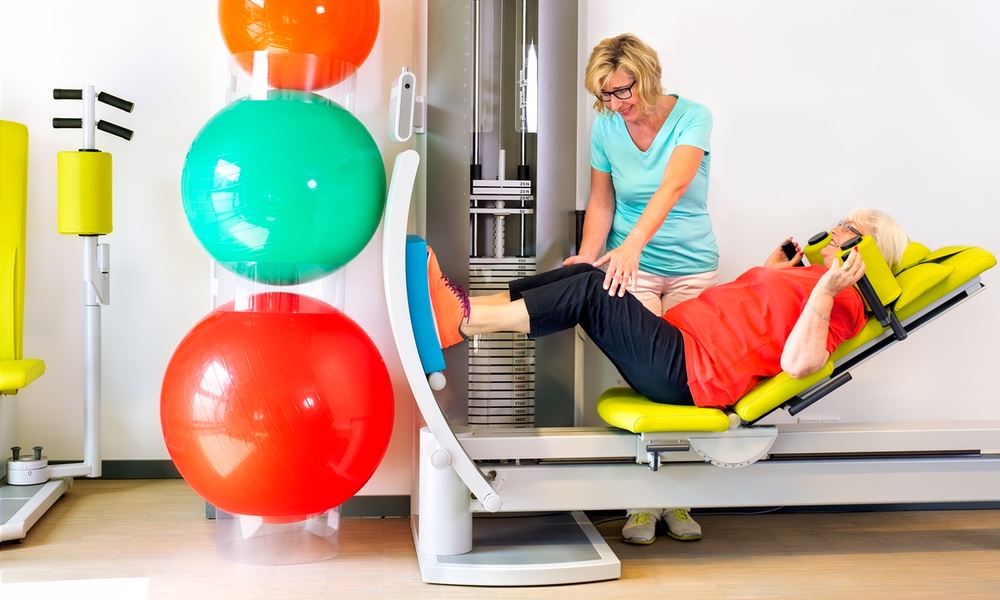After a stroke, exercising can be exhausting, frustrating or painful. So, it’s understandable stroke patients want to avoid it. But a new study shows that for the almost 800,000 people who experience a stroke each year, the benefits of physical activity will lead to a speedier recovery.
A stroke is a cerebrovascular accident that happens when blood flow to the brain is blocked or interrupted, usually by a blood clot or heart arrhythmia. Depending on the brain area or areas that are affected, a person who has had a stroke might be paralyzed or have weakness on one side of the body. They may have trouble speaking or using words. There could be swallowing problems, pain or numbness. Stroke may also cause problems with thinking, awareness, attention, learning, judgment and memory.
The connection between the severity of a stroke and exercise has already been established. This study, by researchers at the University of Gothenburg and published in JAMA Network Open, investigated the relationship between exercise and recovery from a stroke.Patients who increased or maintained four hours of weekly exercise, doubled their chances for recovering well by six months after the event.
People whose cognitive abilities remained normal were more likely to keep up with a relatively active life and had a better chance of recovery. Unfortunately, with few exceptions, the research team was unable to study the participants’ level of activity before their stroke.
Why is exercise so helpful post-stroke? It seems to help the brain and body reestablish communication, as well as help patients regain physical strength.
“Physical activity reprograms both the brain and the body favorably after a stroke. Exercise improves the body’s recovery at the cellular level, boosts muscle strength and well-being, and reduces the risk of falls, depression, and cardiovascular disease. Regardless of how severe the stroke has been, those affected can derive benefits from exercising more,” said the study’s first author, Dongni Buvarp, a researcher in clinical neuroscience at Sahlgrenska Academy, University of Gothenburg, who is also a resident doctor in specialist training at Sahlgrenska University Hospital.
“Being physically active is hugely important, especially after a stroke,” she added. “That’s a message that health professionals, stroke victims and their loved ones should all know. Women and people with impaired cognition seem to become less active after a stroke. The study results indicate that these groups need more support to get going with physical activity.”
The American Stroke Association recommends using the FAST test to check for the most common symptoms of stroke in yourself or someone else:
- Face. Smile and see if one side of the droops.
- Arms. Raise both arms. Does one arm drop down?
- Speech. Say a short phrase and check for slurred or strange speech.
- Time. If the answer to any of these is yes, call 911 right away and write down the time when symptoms started.
Mini-strokes, also known as transient ischemic attacks, or TIAs, are a temporary blockage of blood flow to the brain, with symptoms like those above, but usually lasting less than five minutes. The clot usually dissolves on its own or gets dislodged. While a TIA doesn't cause permanent damage, it should be seen as a warning, signaling a possible full-blown stroke ahead.





